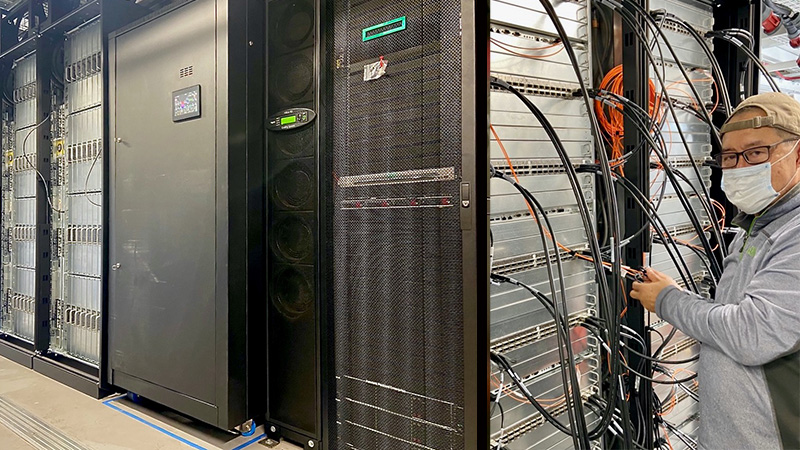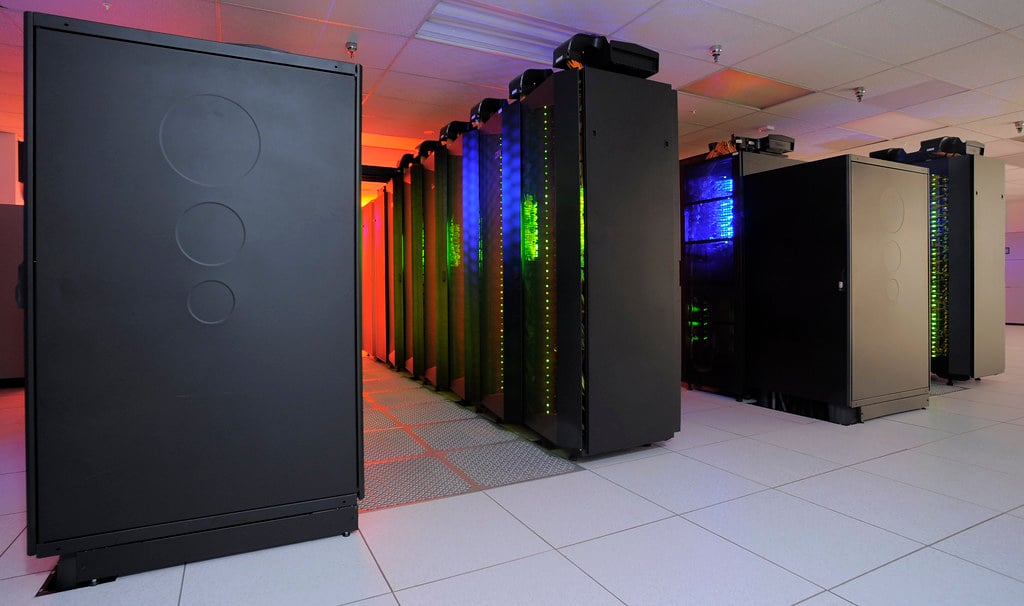NASA declared that it had turned on its most potent supercomputer ever, one that could handle all of its present requirements both inside and outside the stratosphere. Aitken, their brand-new supercomputer, isn’t that new. But as any good enthusiast will tell you, it’s best to space out upgrades, even between venerable competitors like Intel and AMD.
NASA has adopted a different strategy than the majority of supercomputing clients. NASA adopts a modular strategy similar to contemporary European supercomputing designs like LUMI rather than ordering monolithic, self-contained, days-numbered devices like the exascale-class Frontier. Additionally, networking more computing nodes makes it possible to spread out costs across budgets and maximize the operating life of these systems.

“This sizeable enhancement — a 16% increase in performance since its previous expansion, and a 49% increase since last year, when the system was ranked at number 72 on the June 2021 Top500 list — translates to solving larger problems with faster results for important NASA research projects in aeronautics, space exploration, Earth science, and astrophysics,” said Michelle Moyer with the NASA Ames Research Center.
The strategy of NASA has already been developed; the agency has been learning from this modular strategy for more than 14 years as it has upgraded its “Pleiades” supercomputer since its initial turn-on in 2008.
The new addition, four HPE “Apollo” racks based on AMD’s “Rome” architecture, has joined the system’s Cascade Lake-based heart, which is a monument to how far AMD’s High-Performance Computing (HPC) chops have come. But you know how far the tide has changed when supercomputers add another architecture to their collection.

Although Aitken’s four additional racks may seem insignificant, keep in mind that compute density has been rising at an astounding rate. These are sufficient to activate the 308,000 AMD Zen 2, 7 nm-produced “Rome” cores dispersed over 512 compute nodes. Initially, HPE provided “just” 46,080 Intel Cascade Lake cores for the system (1,152 40-core nodes distributed between 4 E-Cell systems).
The supercomputer occupies just one acre of space and can fit in what could pass for any junior high school’s sports equipment shed due to the high density. The system’s potential peak performance is still increased by the new component to 13.12 PetaFlops per second, with 1.27 PetaBytes of memory supporting all that computing power.
also read:
Qualcomm Lunches its new Snapdragon W5 Plus Gen 1 and Snapdragon W5 Gen 1 platforms for Wearables




